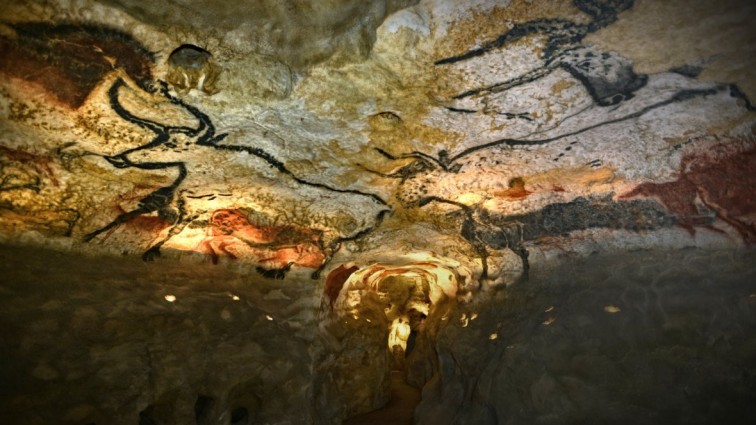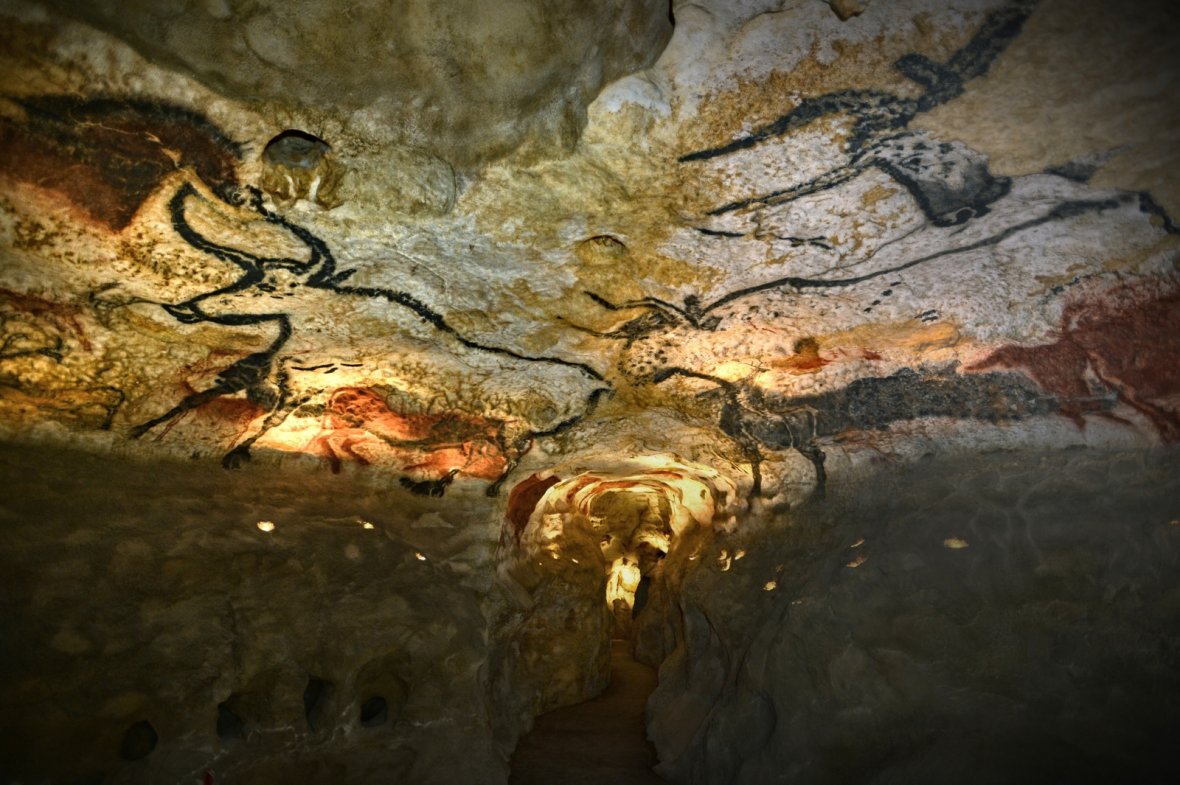Lascaux cave paintings still hide secrets more than 70 years after their discovery

Lascaux cave paintings are perhaps the greatest masterpiece of parietal art ever found. They have fascinated generations of people and puzzled prehistorians since their discovery in September 1940, by a group of four local boys and their dog.
Beautiful, colourful depictions of animals as well as mysterious symbols and engravings, adorn the walls of the caves, situated in Dordogne in southern France.
While the original caves are now closed to the public (see box), a site known as Lascaux 4 will open its doors nearby, on 15 December 2016. It will be the most complete and accurate reproduction of the caves to date, allowing the public to discover them in their entirety, and to see very precise copies of the paintings.
A room at the end of the visit – a "theatre of parietal art" – will enable visitors to replace the paintings in their historical context and to pierce their secrets. There are some questions however that archaeologists and prehistorians themselves do not have answers to. The ancient and now extinct societies that painted the artworks at Lascaux have yet to reveal all of their mysteries.
The challenge of dating Lascaux's art
This is probably one of the most important and debated question when it comes to studying Lascaux – when were the paintings and engravings created and were they all done at the same time? Experts estimate that the paintings are around 20,000 years old (between 17,000 and 22,000 years old depending on the dating technique used). However, since none of them were made using coal, it is not possible to date them directly with the radiocarbon dating method.
This means that archaeologists have to rely on objects found in the cave to come up with dates, even though there aren't that many. Unlike shelters from that time, which were continuously inhabited by groups of prehistorical men and bear significant traces of ancient human waste, this does not seem to be the case in Lascaux.
This suggests that no one lived there for extended periods of time. It seems people came back in the cave at various points throughout its history to paint, but trying to date these processes more accurately is impossible.
Prehistorian Jean-Pierre Chadelle who worked on the Lascaux 4 project and validated its scientific accuracy, told IBTimes UK: "We do not know how much time elapsed between the completion of each drawing. We are guessing not that much, less than a millennia, because there are no notable differences in style between the different paintings".
Политика конфиденциальности | Правила пользования сайтом








